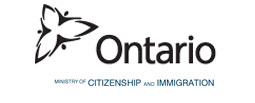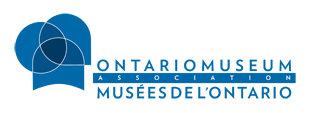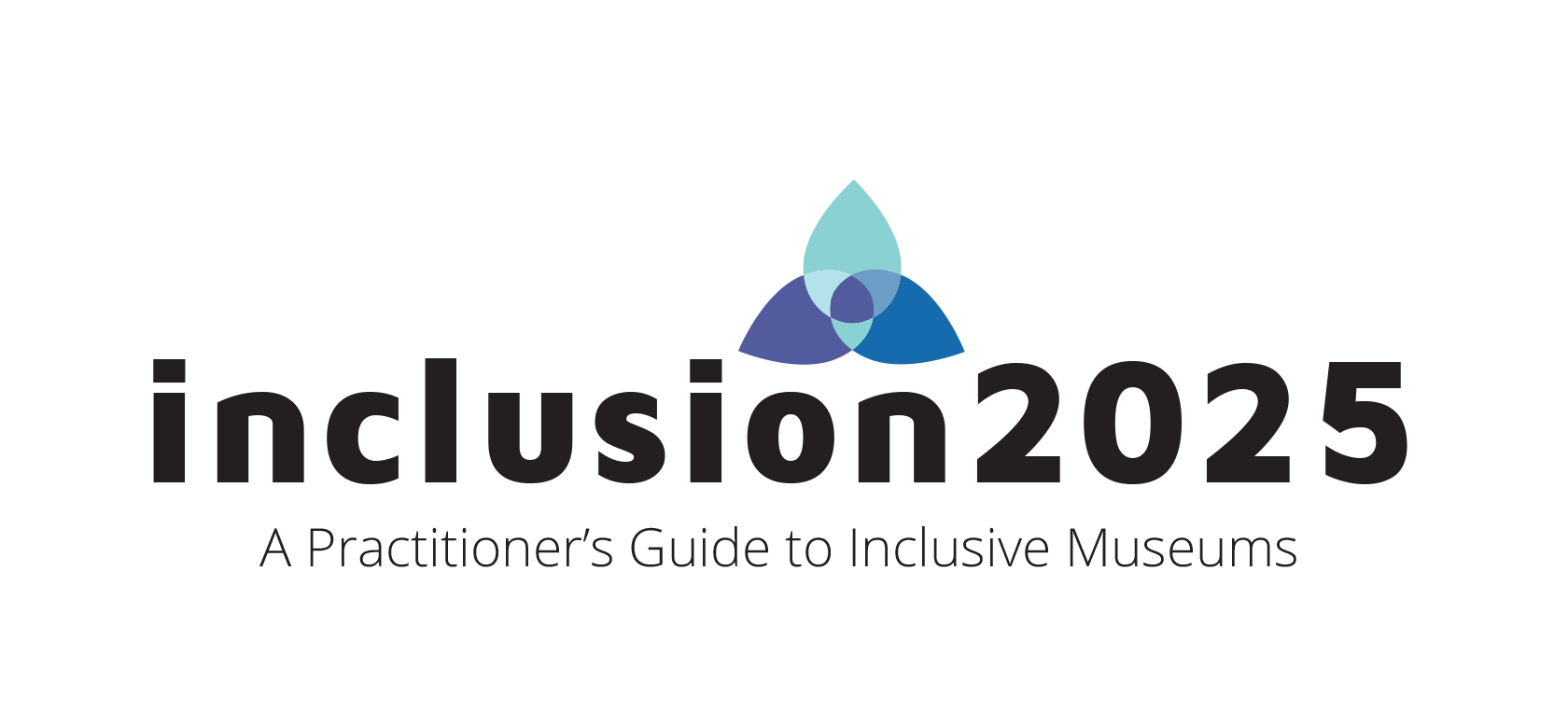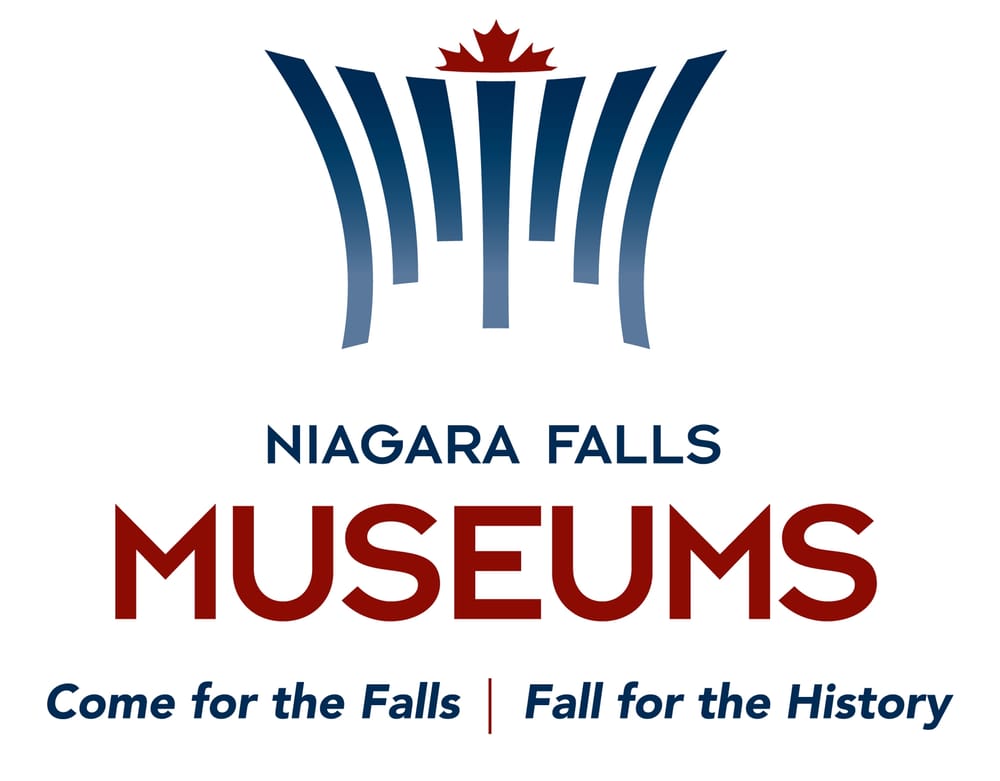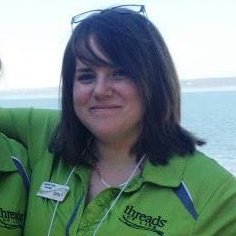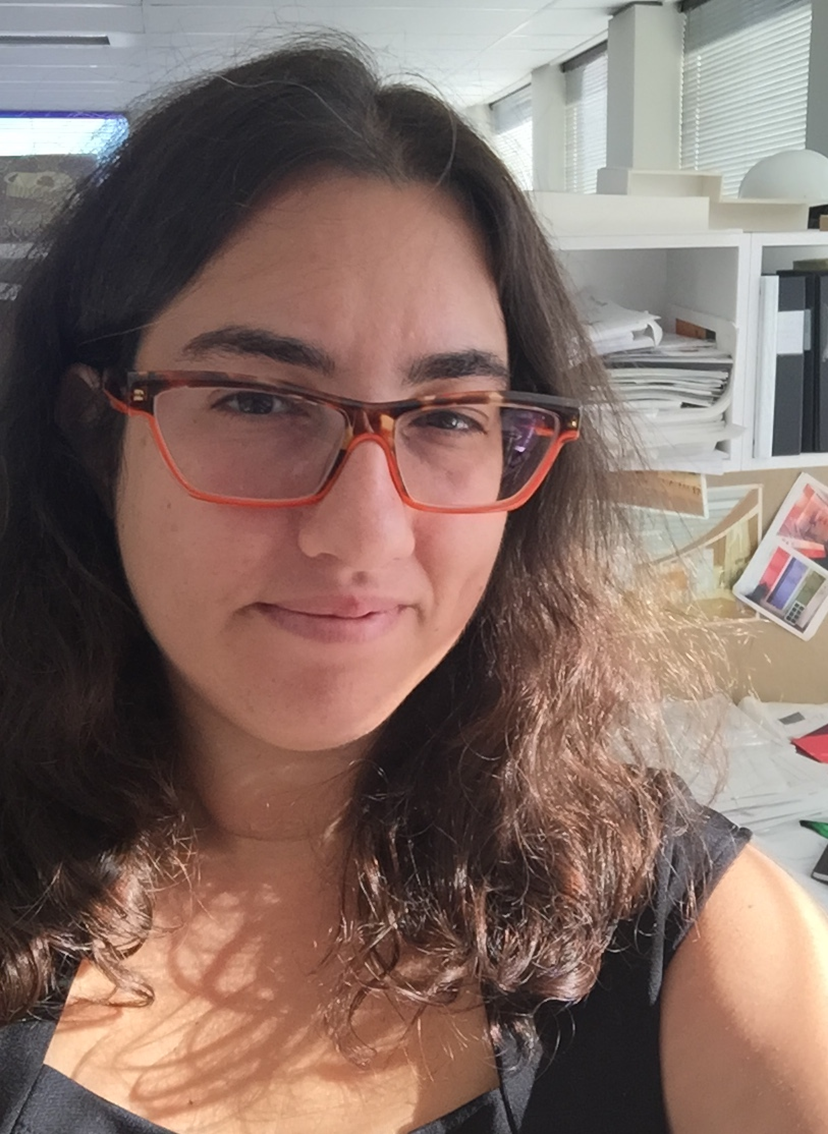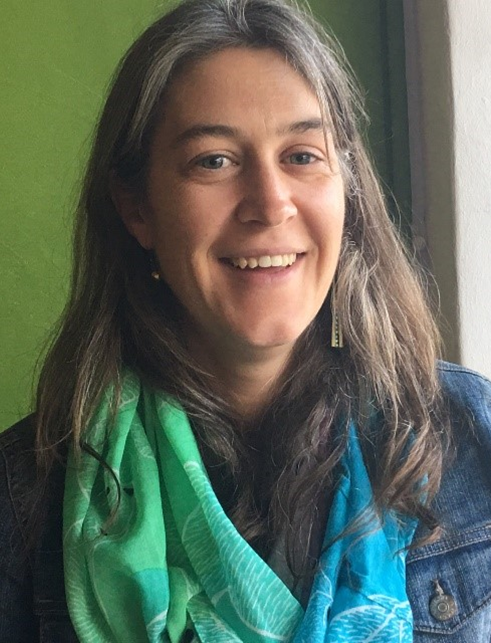Inclusion in Action Case Study: Niagara Falls Museums
Exhibitions and Curatorial Practice
Niagara Falls Museum
| Preamble | Our Story | Learnings | Moving Forward |
| Acknowledgements | Contributors | Resources | Dig Deeper |
Diversity in exhibitions and curatorial practice is an ongoing effort. Collections and exhibitions, especially those with an extended custodial history, are often constricted by the long-standing roots of a single lens (namely white, straight, cisgender, and male). Stretching ourselves to embrace and display objects and stories beyond this lens requires consistent and concentrated efforts, whether an institution is installing a new temporary exhibition or making room within an existing exhibit for new perspectives.
The Niagara Falls History Museum underwent a $12 million renovation in 2012, including a complete revamp of the gallery spaces -- The Museum now has 2 permanent galleries and 1 temporary gallery, all of which are located on the traditional homeland of the Neutrals, Haudenosaunee and Anishinaabe nations. The Niagara Falls Community Gallery is one of the Museum’s permanent galleries. When designed it was intended to represent the City’s local community but in reality, it presently only represents a portion of the people who live in Niagara Falls. This project looks to change that. Through direct communication with the LGBTQ2+ community, we seek to enable people to direct their own narratives within the Museum.
In striving towards making the Museum a more inclusive place, we found it helpful to look to previous projects that have been undertaken here in the vein of diversity and inclusion. We were informed by projects which Museum staff had created in collaboration with the first Nations Community since 2014. The experience gained through working directly with the local Indigenous community has helped to inform our current project as we attempt to find successful methods of reaching out to new and underrepresented groups, in the case of our current project, the LGBTQ2+ community in Niagara Falls. We started with this particular community in part because our Catalyst identifies as LGBTQ2+, and felt that this would be a comfortable starting point.

Over the course of this project we liaised with several LGBTQ2+ community groups and made the decision to expand a current section in one of the permanent galleries with stories from underrepresented communities in Niagara Falls. This section, entitled ‘Community Mosaic’, is a montage of images of local residents blended together to recreate a famous painting of Niagara Falls. This section of the Gallery also includes a panel that describes how the early European migrants to Niagara have now been joined by people belonging to many other ethnic backgrounds. In order to add stories and/or objects to this section of the Gallery, we are making a concentrated effort to reach out to those who don’t already see themselves reflected in the Museum.
The goal of this project is threefold: to reach out to the underrepresented LGBTQ2+ community in Niagara Falls, to create lasting and strong partnerships with various LGBTQ2+ organizations in the area, and to utilize these partnerships to gather diverse stories and perspectives for our galleries and curatorial content. A task that is easier said than done.
Initially our intent was to encourage the sharing of individual and personal stories, but we found that this type of engagement requires a deeper level of trust than we could feasibly earn in the 6-month time frame we had for this project. Engaging people and getting any kind of response proved to be our biggest challenge. We began by compiling a list of LGBTQ2+ organizations operating in Niagara and reaching out to them. We garnered some initial interest from the groups’ leaders and from that followed up with a suggested email blast and poster outlining the project for them to circulate to their communities. Unfortunately, we did not get any response whatsoever from individuals. This reality led us to re-focus our energy on building relationships with a few community leaders, and encouraged them to share their lived experience, professional expertise and deep connection to the community as a means of creating a broader look at the LGBTQ2+ community in Niagara Falls.
Eventually, through research at the local library and archival materials given to us by PFLAG Niagara, we shaped a few possible narratives to add to our Community Gallery. Despite our initial challenges in gaining the perspectives of individuals, our work with community organizations has provided us with the opportunity to connect directly with the LGBTQ2+ community. With the assistance of OutNiagara and Positive Living, we are currently in the process of gathering together some community members for a focus group to offer suggestions and criticism of the narratives we are considering. Ensuring that a broad range of diverse voices within the LGBTQ2+ community are heard is critical before we move forward to the next step, implementation of an expanded Community Mosaic.
We will be putting significant effort into maintaining lasting partnerships through events and future exhibitions, and we are working on changing our written policies and guidelines to reflect a focus on community outreach, collaboration and empowerment. While our focus was initially on the LGBTQ2+ community, our intent is to use what we have learned through this project and apply it to engaging with other communities as well.

 |
 |
|
Learning #1 Failure is a good teacher. One of the biggest takeaways from our case study is the fact that things did not turn out the way we envisioned in the beginning, and that failure was critical in our process. Our initial inability to connect with our local LGBTQ community prompted us to reframe how we build trust in a community which we have historically underrepresented. It is by our associations with, and support of, champions who are working, and embedded, in the community that we begin to create a space for trust, sharing and collaboration.
|
Learning #2 Time is more important than instant results. This initiative was done on a timeline, and while it was necessary it was also a detriment to the building of authentic and meaningful relationships. It’s quite possible that some people felt rushed when given the timeline, or got the idea that we were only interested in a single short-term project. Long term engagement is essential to building community trust and facilitating the sharing of lived experience and expertise.
|
 |
 |
|
Learning #3 What we might consider a single community has a great degree of diversity within itself. Certain aspects of community may not engage with initiatives that are intended to serve “them”, and this should be expected. Understanding this allows us as professionals to begin examining more closely the layers of diversity within our communities as we continue to grow. |
Learning #4 If you go in with the expectation that people will be excited about any one initiative, it’s a setup for disappointment. Creating large-scale engagement requires ongoing relationship development and sustained collaboration. Additionally, building engagement can be especially hard when the community is spread out and/or has many small segmented organizations. These challenges can be magnified when there is already a small population to begin with, as is the case for the LGBTQ community in Niagara. Anticipating this will be helpful in the future, as a means of managing expectations. |
Our next steps in the latter part of 2018 will be implementing our new content in the gallery and evaluating its impact, mainly through front-of-house staff feedback, community feedback, informal visitor comments, and through the liking/rating system in our new Augmented Reality program – guests who use it can indicate that the content was interesting through the technology, and we can track how many visitors stop to view the content using the system.
Another goal we have is to use our learnings from this experience and apply them to future engagements with the diversity of Niagara Falls. We don’t want to stop our gallery expansion at the LGBTQ community – we want to reach out to other underrepresented groups and create relationships that will lead to trust, engagement, and collaboration. This initiative will be a continuous effort. The mistakes we made in our initial reaching-out phase will be revisited, and revised for the future. We remain dedicated to bettering and correcting ourselves at every opportunity, and growing into a more inclusive space.
We would like to acknowledge the invaluable help given to us by Cathy Mackenzie and Gail Benjafield of PFLAG Niagara, Hailea Squires from Positive Living Niagara, and the Pride Niagara network. Their engagement and assistance has been greatly appreciated and allowed us to see the project through to the end. We would also like to thank the staff of the Niagara Falls Museums for their support and encouragement over the course of this project.
 |
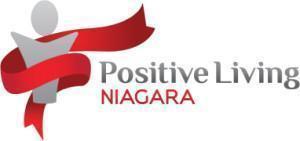 |
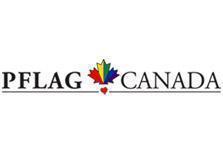 |
|
Advocate
|
SUZANNE MOASE Curator, Niagara Falls Museums Suzanne Moase B.A., M.A., is the Curator of the City of Niagara Falls Museums. Prior to joining the team in Niagara Falls in 2011, Suzanne worked for more than 10 years with the Culture Divisions of the City of Toronto and the City of Adelaide, in South Australia. Her love of material culture, particularly from the mid-19th century, has drawn her to the diversity of objects found within municipal collections and to her career in the world of museums.
|
|
Catalyst
|
JASMINE FISHER Curatorial Assistant, Niagara Falls Museums Jasmine graduated with an Honours BA in Ancient Mediterranean Studies and Medieval Studies from Wilfrid Laurier University in 2015 and a Masters of Museum Studies from the University of Toronto in 2017. She was an intern and summer student with the Niagara Falls Museums in 2016 and 2017, and now works with them as a volunteer. Currently she is working as a Library Services Assistant for Local History at the Niagara-On-The-Lake Public Library. |
|
Advisory Committee Member
|
Advisory Committee Member
|
|
Principal, Reich + Petch Design International |
Associate Professor and Director, Museum Studies, Faculty of Information, University of Toronto
|

Example Email to Potential Community Partners
The resources that we have been using to inform our project have been, rather than publications, people. The community leaders that we have had contact with so far have been very helpful in pointing us in the right direction, and we have used resources and archival research materials that they have provided us:
- PFLAG Niagara (Cathy Mackenzie and Gail Benjafield)
- Pride Niagara Network
- OutNiagara (Sarah Burtsch)
- Positive Living Niagara (Hailea Squires)
We encourage you to connect with your local community organizations as a means to begin building bridges towards meaningful participation and engagement.

This resource was made possible by the generous support of the Ministry of Citizenship and Immigration Partnership Grant Program.
